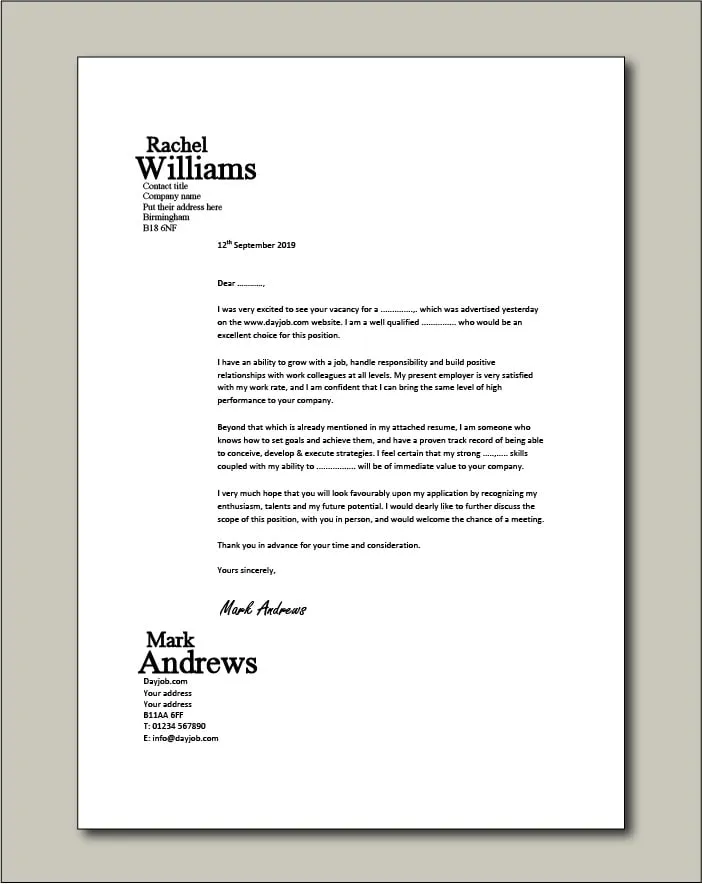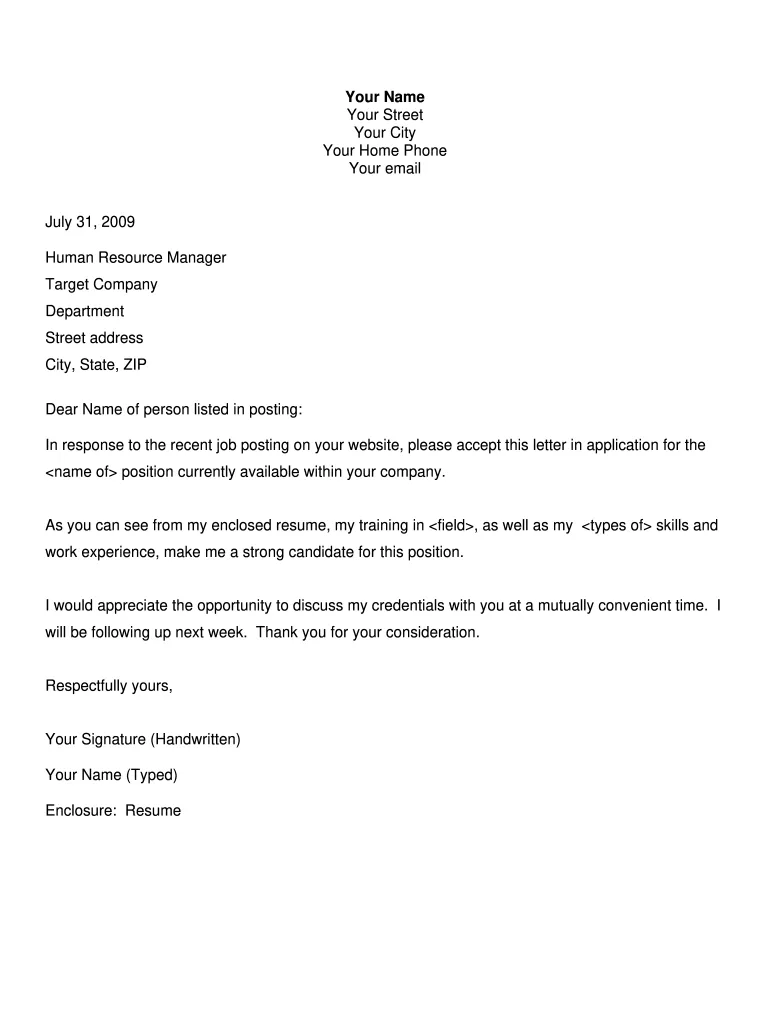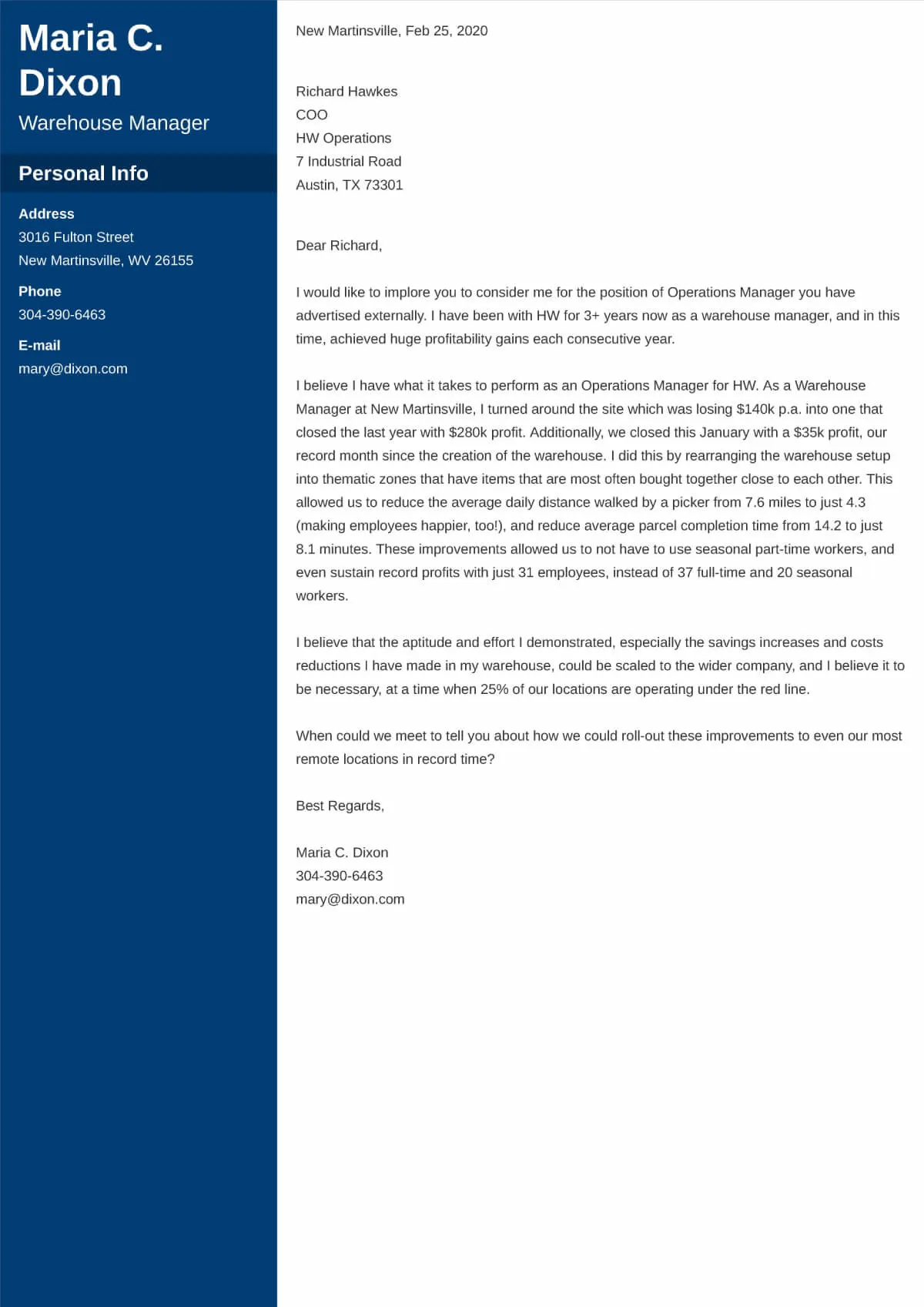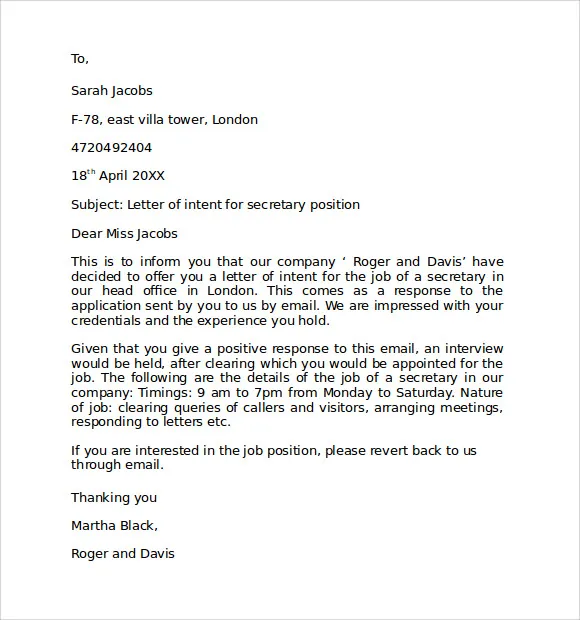Why Reapply for the Same Position?
Reapplying for a position you previously applied for can be a strategic move, provided you approach it correctly. There are several compelling reasons why you might consider reapplying. Perhaps you’ve gained new skills or experiences that make you a stronger candidate. Maybe you’ve reflected on your previous application and identified areas for improvement. Or, it could be that your circumstances have changed, and the role now aligns better with your career goals. Reapplying demonstrates persistence and a genuine interest in the company and the role. It signals that you are committed and willing to learn from past experiences. However, it’s crucial to understand the context and ensure you are presenting yourself in the best possible light.
Assess Your Candidacy Before Reapplying
Before you resubmit your application, a thorough self-assessment is essential. Honestly evaluate why you weren’t selected previously. Did you lack specific qualifications, or were there gaps in your experience? Did your cover letter and resume effectively showcase your skills and accomplishments? Review the job description meticulously to identify areas where you can strengthen your application. Research the company to understand any changes in their needs or priorities. Consider your personal and professional growth since your last application. Have you acquired new skills through training, projects, or other experiences? Are you better prepared to articulate your value proposition to the hiring manager? Answering these questions will guide you in crafting a more compelling application this time around.
Update Your Resume and Cover Letter

Your resume and cover letter are your primary marketing tools. Ensure they are up-to-date and tailored to the specific requirements of the job. Begin by updating your resume to reflect any new skills, experiences, or accomplishments. Quantify your achievements whenever possible by using numbers and data to demonstrate your impact. Review the job description and customize your resume to highlight the skills and experiences most relevant to the role. Your cover letter is your opportunity to make a strong first impression. It should be concise, compelling, and tailored to the specific company and position. Use the cover letter to address why you’re reapplying and what has changed since your previous application. Explain how your skills and experiences align with the company’s needs.
Highlight Improvements and New Skills
A key aspect of reapplying is showcasing your growth. Focus on the improvements and new skills you’ve acquired since your last application. Did you complete any relevant certifications or training courses? Have you taken on new responsibilities in your current role? Provide concrete examples of how you’ve applied these new skills and how they benefit the company. If you identified areas for improvement in your previous application, be sure to address them. For example, if you lacked certain technical skills, explain how you have since acquired them. By demonstrating that you’ve actively worked to enhance your qualifications, you’ll show the hiring manager that you’re committed to continuous professional development.
Address the Previous Application
It’s important to acknowledge the previous application, but do so subtly and professionally. You don’t need to dwell on why you weren’t selected initially, but it’s helpful to briefly mention it in your cover letter. For example, you could say something like, “Since my previous application, I have been focusing on [specific skills or experiences] and I am confident that I now possess the qualifications necessary to excel in this role.” Avoid making negative comments or placing blame. Frame your reapplication as an opportunity to demonstrate your continued interest and showcase the improvements you’ve made. This demonstrates your initiative and provides context for your resubmission without drawing unnecessary attention to any past shortcomings.
Demonstrate Continued Interest and Enthusiasm

Expressing your continued interest and enthusiasm for the position and the company is essential. Reiterate why you are passionate about the role and why you are a good fit for the organization. Mention specific aspects of the company that appeal to you, such as its mission, values, or recent achievements. Tailor your cover letter to show you have been following the company’s developments. This shows that you are invested in their success. Your enthusiasm can set you apart from other candidates. This is especially true if the hiring manager remembers your previous application. By showcasing your dedication, you increase your chances of moving forward in the hiring process.
Tailor Your Cover Letter
A generic cover letter will likely be overlooked. Ensure your cover letter is tailored to the specific requirements of the job and the company. Research the company and the role thoroughly. Customize your cover letter to align your skills and experiences with the company’s needs and values. Highlight the achievements most relevant to the position. Use keywords from the job description to demonstrate that you understand the requirements. If possible, address the hiring manager by name. Doing so shows that you’ve taken the time to personalize your application. The more specific and relevant your cover letter is, the greater the likelihood of making a positive impression.
Focus on Achievements
Instead of simply listing your responsibilities, focus on your accomplishments. Quantify your achievements whenever possible. For example, instead of saying, “Managed social media accounts,” say, “Increased social media engagement by 30% in six months.” Provide specific examples of how you’ve made a positive impact in previous roles. Use the STAR method (Situation, Task, Action, Result) to structure your examples. Briefly describe the situation, the task you were assigned, the actions you took, and the results you achieved. This approach demonstrates your skills and abilities in a clear and concise manner, which is much more effective than simply listing your duties. Highlighting your achievements will significantly strengthen your application.
Proofread and Edit

Before submitting your application, proofread and edit it carefully. Typos and grammatical errors can create a negative impression. Check your resume and cover letter for any inconsistencies in formatting, language, or information. Ensure that the contact information is correct and up-to-date. Ask a friend or family member to review your application for a fresh perspective. Another set of eyes can often catch errors that you might miss. Pay close attention to the tone and style of your writing. Ensure that it is professional and appropriate for the company and position. Taking the time to proofread and edit your application demonstrates attention to detail and commitment to excellence, which is essential for making a positive impression.
Follow Up
After submitting your application, follow up with the hiring manager or the recruiter. Send a brief email expressing your continued interest in the position. Reiterate your enthusiasm for the role. Briefly summarize your key qualifications. This shows that you are proactive and committed. However, be mindful not to be too persistent. Wait a reasonable amount of time (e.g., one or two weeks) before following up. Avoid sending multiple emails or calling frequently. If you haven’t heard back after a reasonable amount of time, you can send a polite email asking for an update. Remember to thank the hiring manager for their time and consideration.
